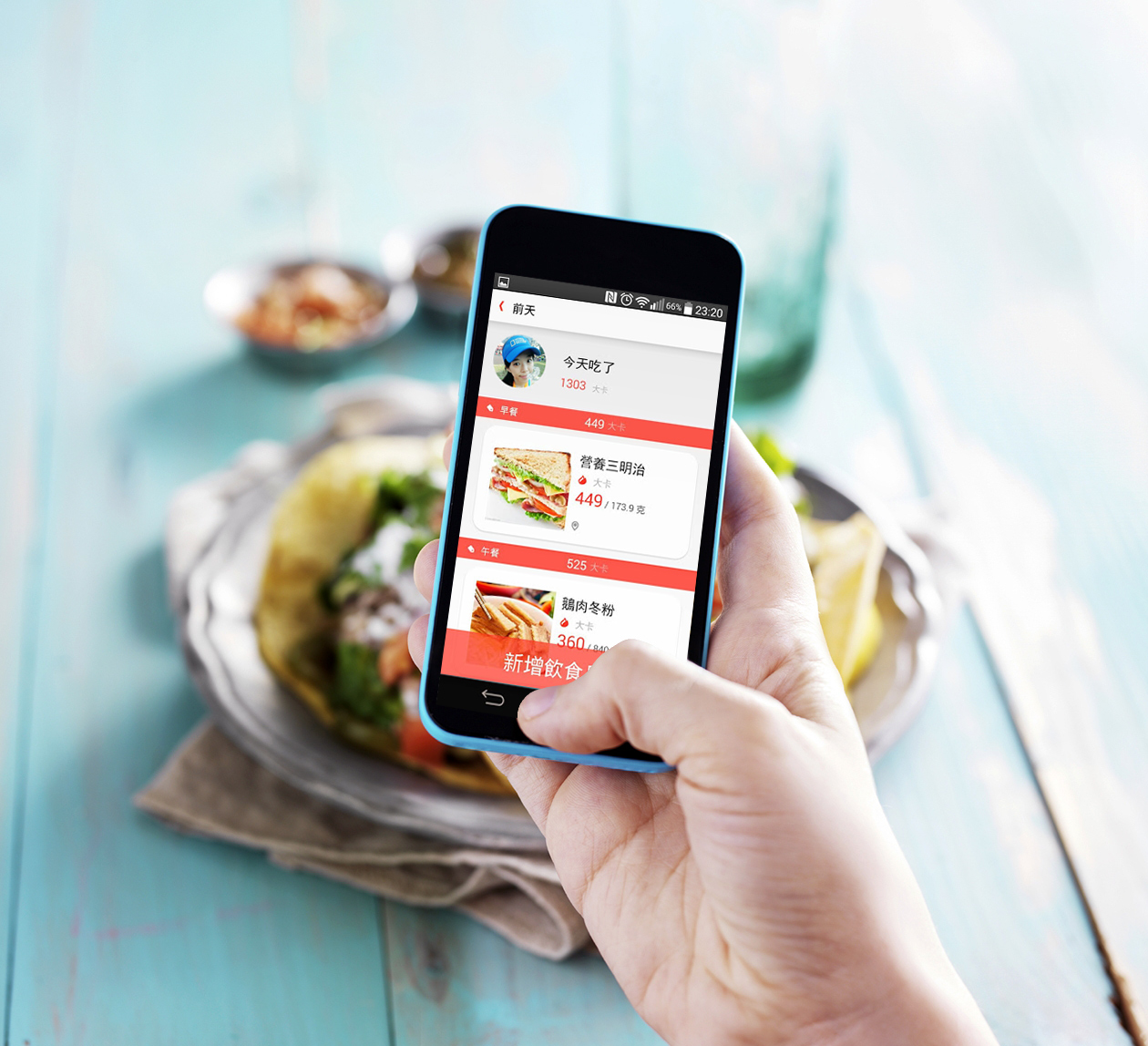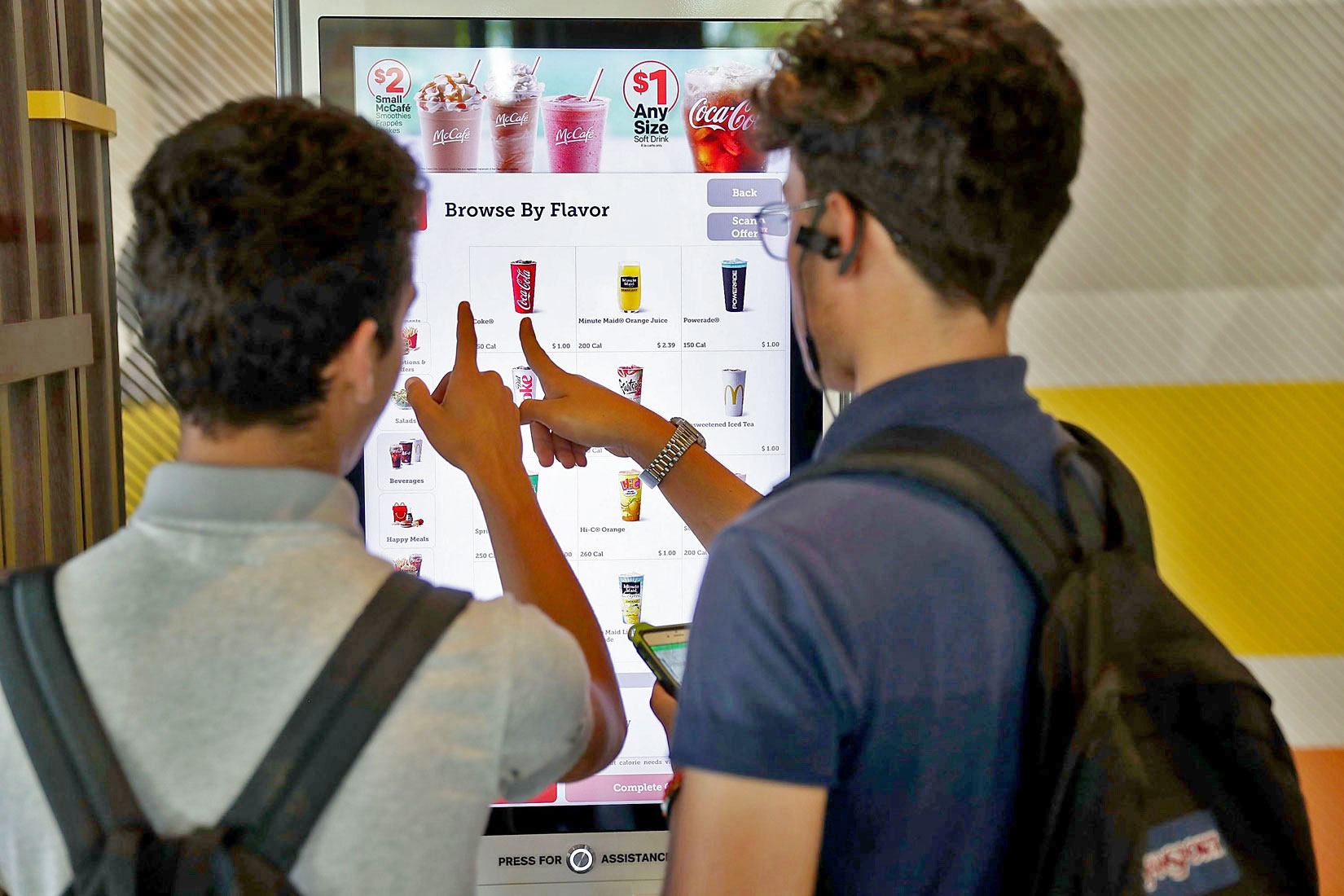For my final project of MA Goldsmiths Interaction Design, I created a communication device, which engages users into the exchange of memories, while lounging. The “Echoic memory experience capture” (EMEC) propels the articulation of memoirs and thus fills the void created by the culture of instant status posts.
I found that there is a difference between daily posts or chats and meaningful precise and deep memories. People need a special moment to share those deep memories with family or friends, so they can become very intimate and contemplative. The EMEC creates this moment as a tangible interactive candle-like table lamp, allowing people to discover different memories and encouraging them into self-reflection and remembrance, which has become a rare activity through the rise of instant communication.
Tinker process
Research
Form intent & conduct preliminary desk research
Ideation & Initial prototype
Generate concepts & build prototypes
Iterative studies & design revision
Test prototypes, conduct studies, explore design approaches & address out design directions
Implementation
Build electric circuits, interactions & product design
Research
Form intent & conduct preliminary desk research
Human senses are the frontline of interaction between human and the environment, capturing what the human perceives and creating the initial stage of memory—the sensor memory.
Echoic memory is one kind of sensor memories based on hearing. It is short lasting but could be very influential to the emotional and poetic imagination. For instance, below Roger McGough’s poem conveys lots of emotions:

What is also interesting is that sounds share features with the structure of memory. Both of them are contextual and temporal (Schine, J., 2010). Sound is also viewed as a kind of index in semiotic terms, giving clues of upcoming information sequences. (Cs.indiana.edu., 2016).
With the discernment that in the such huge digital age, people pay attention only for the moment and only for their immediate circles, I intended to create an object by which people could engage in the real world and “echo” their memories.


Ideation & Initial prototype
Generate concepts & build prototypes
I started searching for gadgets/ components that could interact with human senses and capture ambiances particular about hearing and sounds. The first prototype was an environmental sound detector implemented on the Intel Edison board and its basic shield, which transformed the sound input into different colours and messages and as well as giving an alarm, whenever the environmental sound was louder than an average threshold. In this way it would be simply possible to filter out significant sound snippets (human voices, dog barking, honking, etc.), which trigger the memory later. The device would automatically record these snippets over the day and present the yield to the user for her/him to choose and assemble sound collages as an acoustic snapshot.

After that, I was looking at the habitual and cultural insights of memory sharing. I found that people are mostly sharing their stories within the meal time. Thus, I developed the concept of a pepper shaker which interferes on dining conversations.
The pepper shaker featured voice recognition, which starts a sound recording after detecting selected “commands”, when people were saying “Cheers!” or “Fuck it!” or shouting out friends’ name.
While users vibrate the pepper shaker, they could hear the captured content after those significant trigger words. The prototype was created on Arduino and its voice recognition shield EasyVR 3.0.



Yet the static automatic keyword-triggered message capture did not bring much interaction and also there were concerns about record quality and privacy issues. In parallel with my intent of creating engagement and seductive, tangible interaction, I modified the previous prototype into certain new ideas. One of them was “Take and Give”— once the audio recollection has being heard, the track of the shaker was empty until a new record was made. Users would hear the sound, while getting the pepper out first and then telling a memory, while enjoying the meal.



Take and Give
Iterative studies & design revision
Test prototypes, conduct studies, explore design approaches & address out design directions
Intervention tests
Good interaction forms habits and brings meaning into real lives. For this sake, I set my up the pepper shaker prototype to test it on the table with participants and gather their responses and feedback.
The test demonstrated that Take and Give did not give users multiple/enough motivations to play around. As they were asked to “Tell it” directly after hearing the recording of someone else, the response time to come up with their own story was too short for the user.

Field observations and online surveys
Next to prototype real context tests, I did formative studies of table conversations, which were collected and analysed in the POEMS (People, Object, Environment, Messages, Services) format. I also launched a more general quantitative online survey.
The online survey results revealed that people were inclined to talk about memories in specific relaxing, free time with closed friends and families, whilst the field studies also addressed that table conversations were mainly associated shallow, short-term topics such as recent plans and today’s news instead of memory sharing. In terms of locations, memory telling is more associated to quality occasions, whereas meal conversations were more casual.
Overall, both studies offered consistent directions to rethink the idea of the Take and Give pepper shaker.
 Table conversation field studies
Table conversation field studies
Habitual loop, Ritual design and Symbiotic interaction studies
In the iteration process, the interaction approach was centred on Charles Duhigg’s habitual loop (Cue-Routine-Reward), to create a ritual design which aims at symbiotic interaction, in which different aspects of products link and affect mutually.
Consequently, the idea of candle-like table lamp emerged. As the pepper shaker interaction is covered with the aim to get pepper and the expected reward is pepper on the meal, the memory telling function became an additional task – a mere burden.
With a candle light, the reward and aims are much “lighter” and calmer. An additional function is easier to implement in a tranquil situation and the reward can be linked with the new function by light effects.
EMEC
EMEC presented the primary visual and functional features of a candle, being positioned on the table and spending light. The symbiotic process lies in the step of “lighting” the candle. The new functionality with its inputs and outputs is build within this step, ushering the user through a memory play and a memory recording before the light can be used to illuminate the table as a candle would do.



Implementation
Build electric circuits, interactions & product design

Core electric circuit implementation
From the previous studies, a sequence of intuitive hand gestures have been defined so the interaction between users and the EMEC would be looped naturally.
To build up the systems of EMEC, I dedicated myself to realising the dynamic colour and brightness changes of illumination corresponding to the accelerometer values followed by multiple hand gestures, while voice record and play could be implemented by the EasyVR software, previously used on the pepper shaker.
The overall interaction performances were finally fine-tuned together with the acoustic feedback and the integration the key components including a Arduino UNO, a EasyVR 3.0, a ADSL335 accelerometer, a digital RGBW addressable LED strip, a 3Ω speaker, a 3V battery and a power switch.


Interactions and product design
The lamp appearance featured with frosted glass materials and a bamboo lid, alongside a thick wood base, on which six coloured leading phases of “The last time I …” for memory topic selections were engraved.
Each colour is mapped onto one of six questions for telling memories. Ultimately, these six questions were figured out as the following list shows. They were the outcome of the online survey results plus a call for engagement. It is mixed with usual, unusual and provoking deeper thoughts of a happy life, intending to trigger people to reflect upon themselves.
- The last time I was in a strange place …
- The last time I did something for the first time …
- The last time I ate too much …
- The last time I was touched …
- The last time I was brave …
- The last time I helped someone …



How it works

Results and Impacts
EMEC debuted in the graduate show and its lighting, playful and new way interaction addressed viewers’ attentions. Viewers one by one lifted it, held it, and then put their ears close to it to listen the selected record, followed by adding their own story. Two strangers even played together and interacted intensely, because of the curiosity of knowing what the next viewer shared after me, which was a beautiful engagement particular in the public show.
EMEC was also highlighted by the public press.




